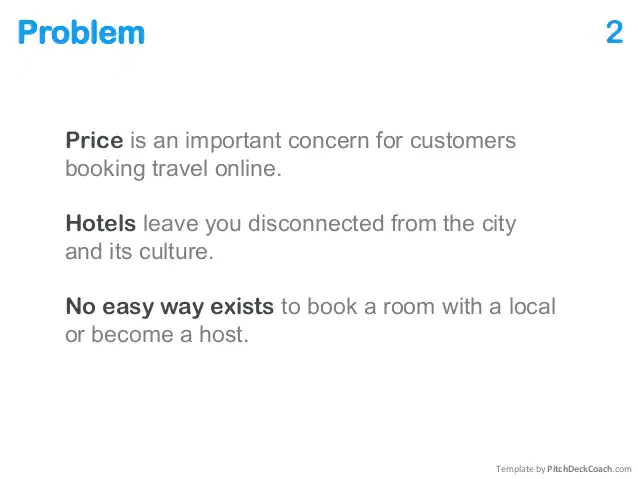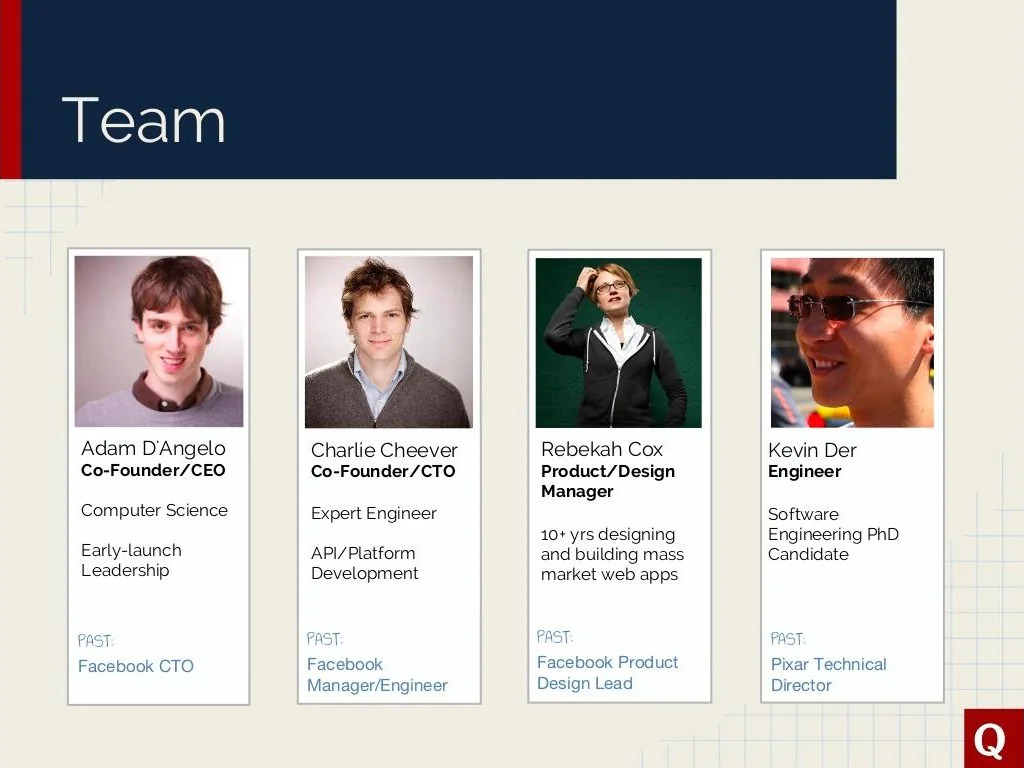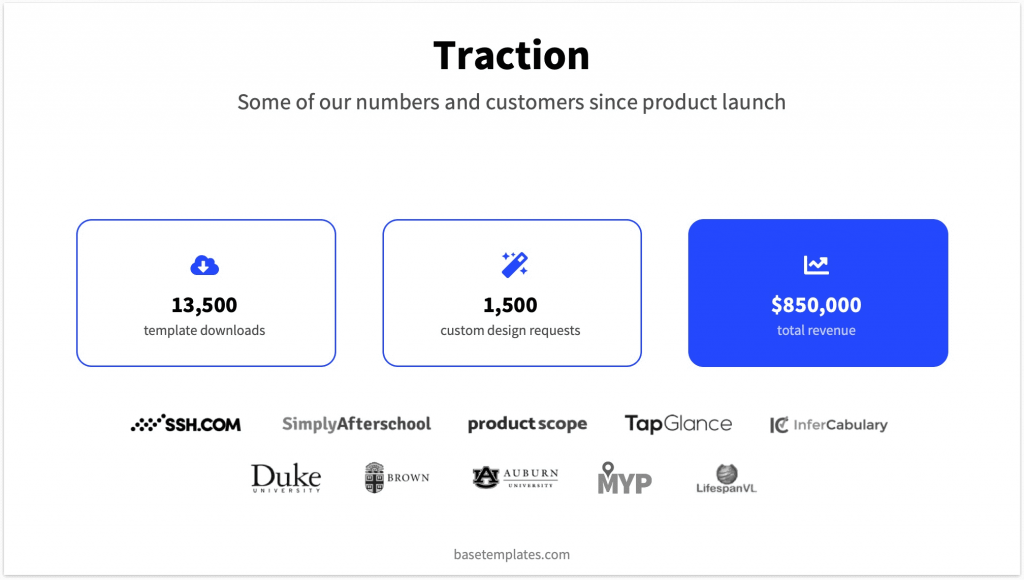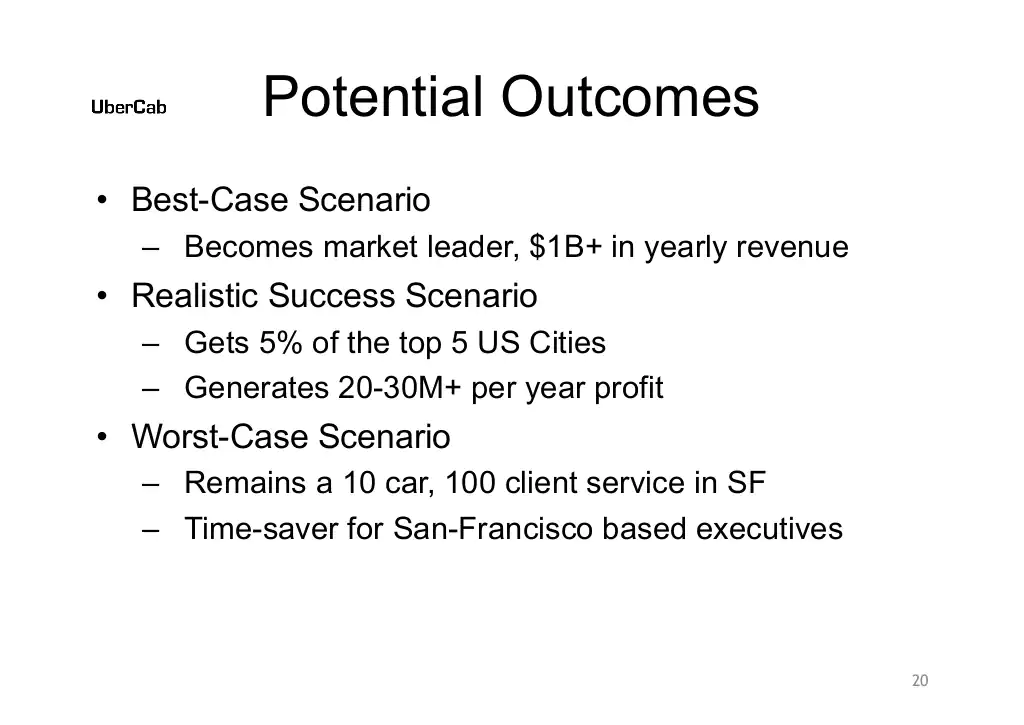Fundraising, whether it is a seed round, a Series A, or later-stage funding rounds, is undoubtedly a challenging process. Even for seasoned entrepreneurs and startups already experiencing market traction, a compelling pitch and accompanying pitch deck are still necessary. While there is variance around stylistic delivery of the pitch and aesthetic of the deck itself, you might be relieved to hear that the infamous pitch deck boils down to a formula.
The serial entrepreneur Justin Kan, who co-founded the startup video game live streaming service called Twitch which was acquired by Amazon for nearly a billion dollars. Recently he posted a tweet thread on the social network Twitter where he started off by saying “ I’ve raised over $150,000,000 as a founder, simply by being a good storyteller. Here’s how to get VCs to throw money at you.” He also posted a Youtube video on this startup pitching topic.
He starts off by explaining some of the challenges and mistakes that startup founders make. He stated, “A big mistake founders make is thinking that the purpose of a startup pitch deck is to get people to invest.”
The truth is that whoever is reading your deck is likely distracted/not interested. Your job is to stand out and make them excited.
He mentions that founders should try to figure out ways to communicate things in very simple ways – it could be through simple language, numbers, clear visualization elements, or being creative in your presentation. Ok so here are his 5 tips:
1 Having a good framing of the problem is key
 Come into the meeting with the assumption that the investor you’re pitching to knows next to nothing about the industry or problem. Effective framing helps the investor understand the problem and why your solution is important. It also helps them empathize with the user experience. Also framing your business around a problem is more effective than immediately framing around the solution. This is why the problem slide is the most common slide you’ll probably see in pitch decks. The image above is from the Airbnb pitch deck that won over investors.
Come into the meeting with the assumption that the investor you’re pitching to knows next to nothing about the industry or problem. Effective framing helps the investor understand the problem and why your solution is important. It also helps them empathize with the user experience. Also framing your business around a problem is more effective than immediately framing around the solution. This is why the problem slide is the most common slide you’ll probably see in pitch decks. The image above is from the Airbnb pitch deck that won over investors.
According to Samir Chaibi, who has raised a $1.5 million seed round and prepared a $10 million Series A fundraising for multiple startups, “Too many times I see founders attacking a vertical without a clear-cut understanding of the problems users are experiencing that are not already solved by the incumbents. When you develop a pitch, be mindful of the pain points you want to focus on from the start. It is fine to show a growth path towards a broader set of offerings that will turn a startup into a category leader but your pitch deck should start with the specific problem you are solving, always.”
2 Find ways to present yourself as the expert who can solve the problem

Having a strong resume that sets up your credibility is very important.
Mr. Khan is now an investor and he stated “the ‘team’ slide is often the one that interests me the most in setting up a meeting and finding out more.” Good investors will invest in founders, not companies.
If you’re creating a creator-focused company, it helps if you are an expert, or content creator yourself.
If you are building a deep AI company, maybe you spent years at Google or Nvidia. In the example image team slide above, of Quora, the social question-and-answer website, you can see some of the team came from Facebook previously.
He explained further “in the countless decks I’ve seen, too often there are terrible team slides with names next to random logos/affiliations that have little to no relevance.
Use specific bullet points for each person and why they are important and qualified to work on this idea or startup company.”
3 What’s your solution? No, really…what is it?
 As someone who is viewing your deck (and thousands of others), they should not have to work very hard to understand your solution. Mr khan explains that Don’t just include random screenshots of the UI without any context – this is a common theme. When he says UI he is referring to a user interface (UI) of a website or App which is a series of screens, pages, and visual elements—like buttons and icons—that enable a person to interact with a product or service.
As someone who is viewing your deck (and thousands of others), they should not have to work very hard to understand your solution. Mr khan explains that Don’t just include random screenshots of the UI without any context – this is a common theme. When he says UI he is referring to a user interface (UI) of a website or App which is a series of screens, pages, and visual elements—like buttons and icons—that enable a person to interact with a product or service.
He suggests that you should Instead, walk people through user journeys like value propositions. He stated that “if you can’t sum up your killer app in 1 – 3 bullet points, then it probably doesn’t have killer features driving it. Simplicity is your friend.” Citing the example of Uber. He explains that user stories are also very compelling. If I had to pitch at Uber, the narrative about the difficulties of hailing a taxi in the city versus the ease of the app -> destination is simple and compelling.
4 Traction
 This is important because it’s the number one signifier that people are interested in your product. Even if they aren’t users, it still means they are at least curious. At every point during your pitch, investors are going to be evaluating whether you are worth their time. Putting this slide early grabs the investor’s attention and convinces them that your presentation is worth listening closely to. Finance Expert Aleksey Krylov contends that entrepreneurs should “Always highlight milestones. A startup’s milestones can be associated with technology, product, regulatory, market or other developmental goals. Market testing and customer traction milestones tend to be of particular interest to investors.”
This is important because it’s the number one signifier that people are interested in your product. Even if they aren’t users, it still means they are at least curious. At every point during your pitch, investors are going to be evaluating whether you are worth their time. Putting this slide early grabs the investor’s attention and convinces them that your presentation is worth listening closely to. Finance Expert Aleksey Krylov contends that entrepreneurs should “Always highlight milestones. A startup’s milestones can be associated with technology, product, regulatory, market or other developmental goals. Market testing and customer traction milestones tend to be of particular interest to investors.”
Donna Griffit, who describes herself as a professional pitch deck storyteller says “this section should focus on answering why you, why now. Include compelling details about your current status, your traction — Revenues, LOIs, pipeline, partnerships, IP and more.”
An article in Ycombinator explains It also provides a smooth lead-in from your one-liner (“We help people quit smoking. Our product is so good that in just the past 2 years, we’ve reached 500k WAU growing at 20% m/m.”) and transitions well into your problem (“The reason people need this product is that smoking is the leading cause of lung cancer…”). Ideal metrics to include are the ones that require the least explanation as possible to the investor, and ones that honestly depict relevant growth data.
5 Vision or North Star
 Pitch the biggest vision that you can for your solution. ‘Here’s why this is going to change the world.’
Pitch the biggest vision that you can for your solution. ‘Here’s why this is going to change the world.’
This gets investors interested, intrigued, and understanding of the direction you’re heading. He further stated that “I encourage everyone to put something in about what the world looks like in which your idea is successful. However, your vision slide has to be credible. If you want to topple Apple or Google, your team needs to be credible enough to do it.”
End your pitch with your vision once you have enough social currency with the potential investor.
The potential investor needs to believe what you’re saying, which is established through understanding the problem, being shown the solution, and being convinced that this is going to work. This is also what Silicon Valley investors refer to as the “North Star.” This is your opportunity to give investors the big picture of your company or product, connecting what you do in practice with a bigger cause, vision or revolution they should care about and see massive potential in.
Conclusion
His final is about how the design of the pitch deck is important. The pitch deck should be aesthetically pleasing and professional—this can help form an investor’s first impression of you and your company. “your deck doesn’t have to be fancy, but it can’t look terrible (trust me, I’ve seen some pretty horrible ones that are an instant turnoff).” Appearance inspires confidence – avoid looking sloppy!
According to Toptal freelance fundraising expert Jeff Fidelman, who has executed over $500 million in transactions across industries, “A pitch deck should be viewed as a dynamic, living document that evolves over time.” As an entrepreneur continues to pitch multiple audiences, they will notice that they are often asked the same questions time and time again. They should take note of these questions, incorporating and addressing them in the presentation.
In today’s world where startup fundraising has been glamorized to such an extent that raising capital is portrayed as a key success metric, one must remember to think about whether your “ask” is what your company actually needs. As Chris Dixon of Andreessen Horowitz says, “The best thing is to either never need to raise money or to raise money after you have a product, users, or customers.” Equity is the most expensive form of capital, so be sure to have truthfully assessed your startup’s needs, as opposed to feeling like you have to fundraise just because it is the prescribed path for technology startups. And if you do decide that you really need to fundraise, be clear about how much you need to raise, and what exactly it will be used for. And if you are going to raise a Series A round you should be thinking about preparing due diligence materials which include financial documents such as Income statements, business plans, financial cash flow forecasts, tax computations, proof of tax compliance, your cap table and more.
Of course, we suggest working with an experienced startup-focused accounting firm, like Huckabee CPA, well before your startup is in the due diligence phase of an important fundraising or M & A transaction.











